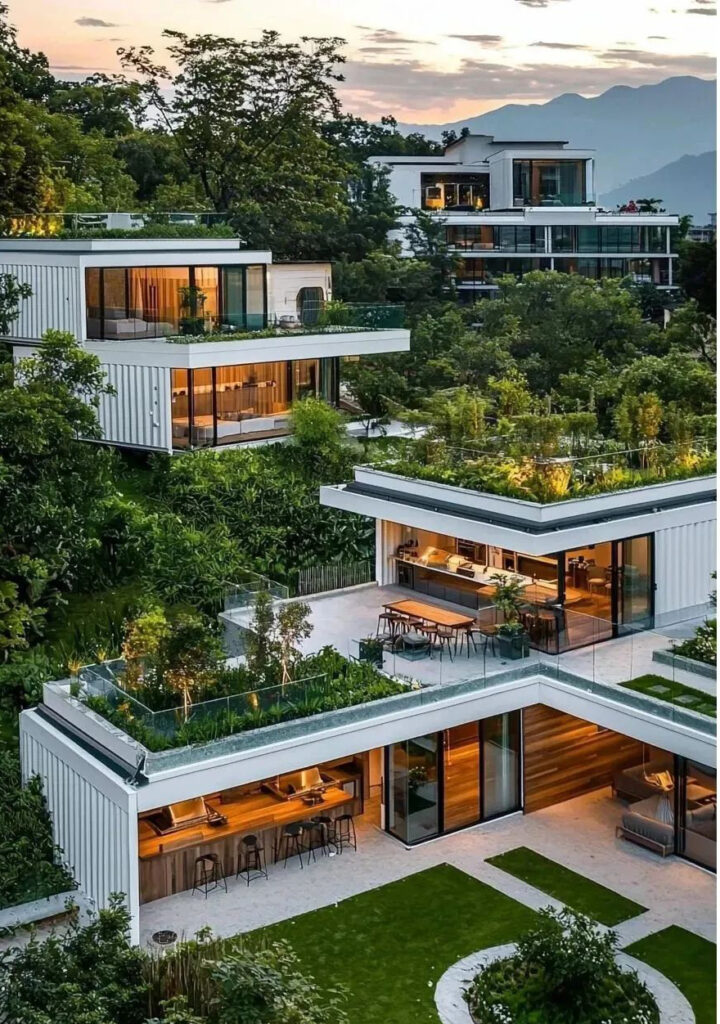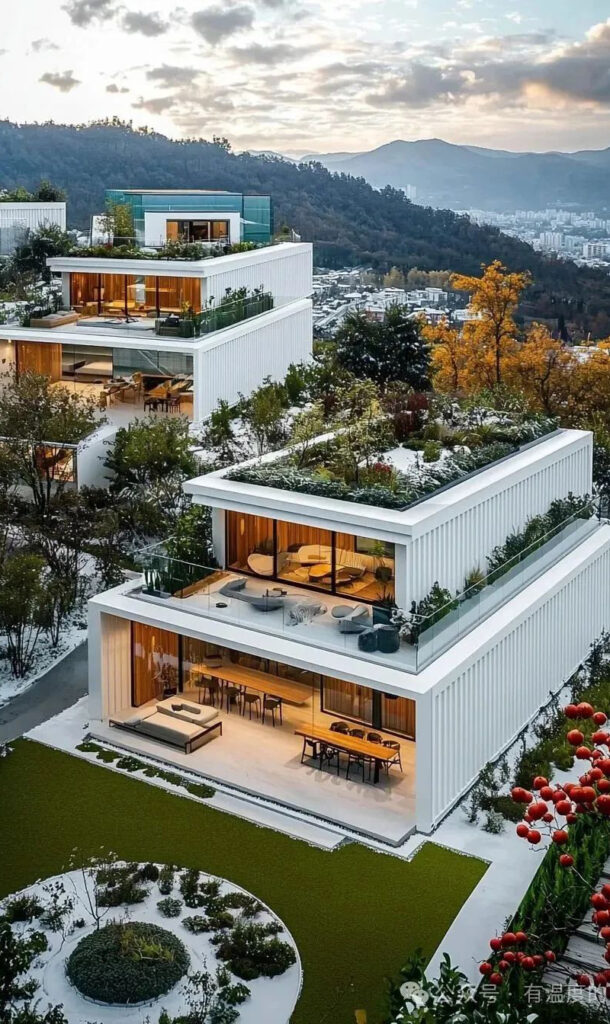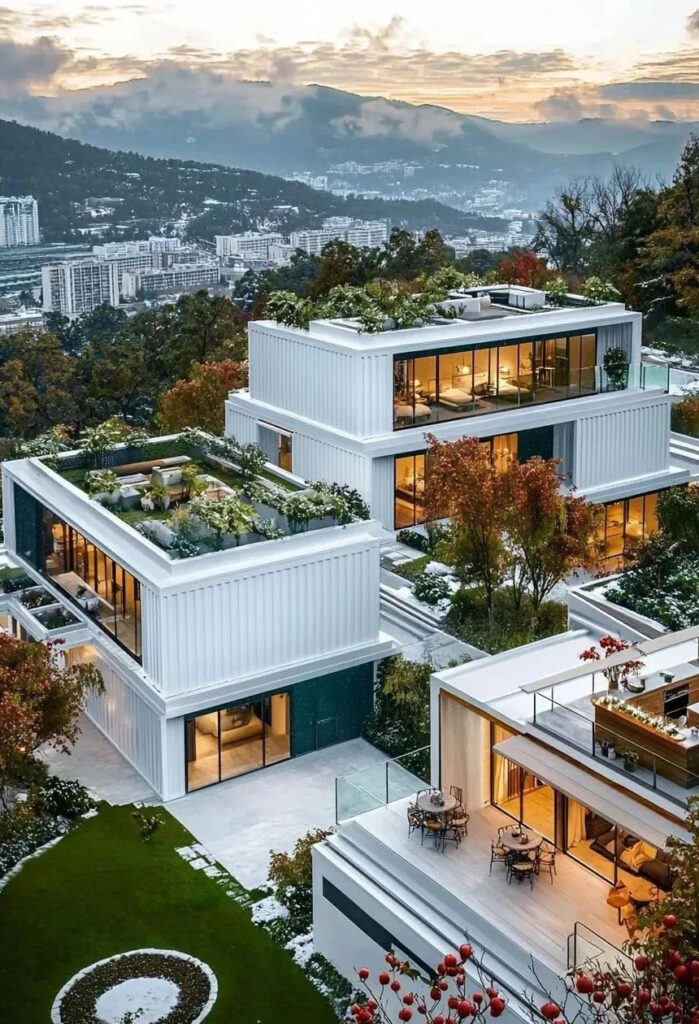1. Japan: Strong Earthquake Resistance and High Popularity
Japan is a pioneer in prefabricated construction, with many multi-story apartment buildings mainly using reinforced concrete frame structures.
Prefabricated houses in Japan have withstood multiple major earthquakes, showing lower damage rates compared to other building types.
The Japanese government promotes prefabricated construction through legislation and subsidies, such as providing low-interest long-term loans for projects that adopt new technologies and products.

2. United States: Highly Market-Oriented with Focus on Personalization
In the U.S., prefabricated homes are mainly low-rise steel and wood structures, emphasizing comfort and customization.
In 1976, the U.S. Congress passed the National Industrialized Housing Construction and Safety Act, and the Department of Housing and Urban Development (HUD) has guided relevant agencies to develop a series of industry standards.
The U.S. has a high degree of standardization and serialization of components, allowing users to freely select the products they need from catalogs.

3. Singapore: Government-Led with Mandatory Prefabrication
In Singapore, public housing projects are required to use prefabrication, with assembly rates exceeding 70%.
Singapore has developed modular prefabricated residential buildings ranging from 15 to 30 stories, accounting for over 80% of the country’s total housing stock.
The government ensures the widespread adoption and quality of prefabricated buildings through policy support and strict quality control.

Leave a Reply